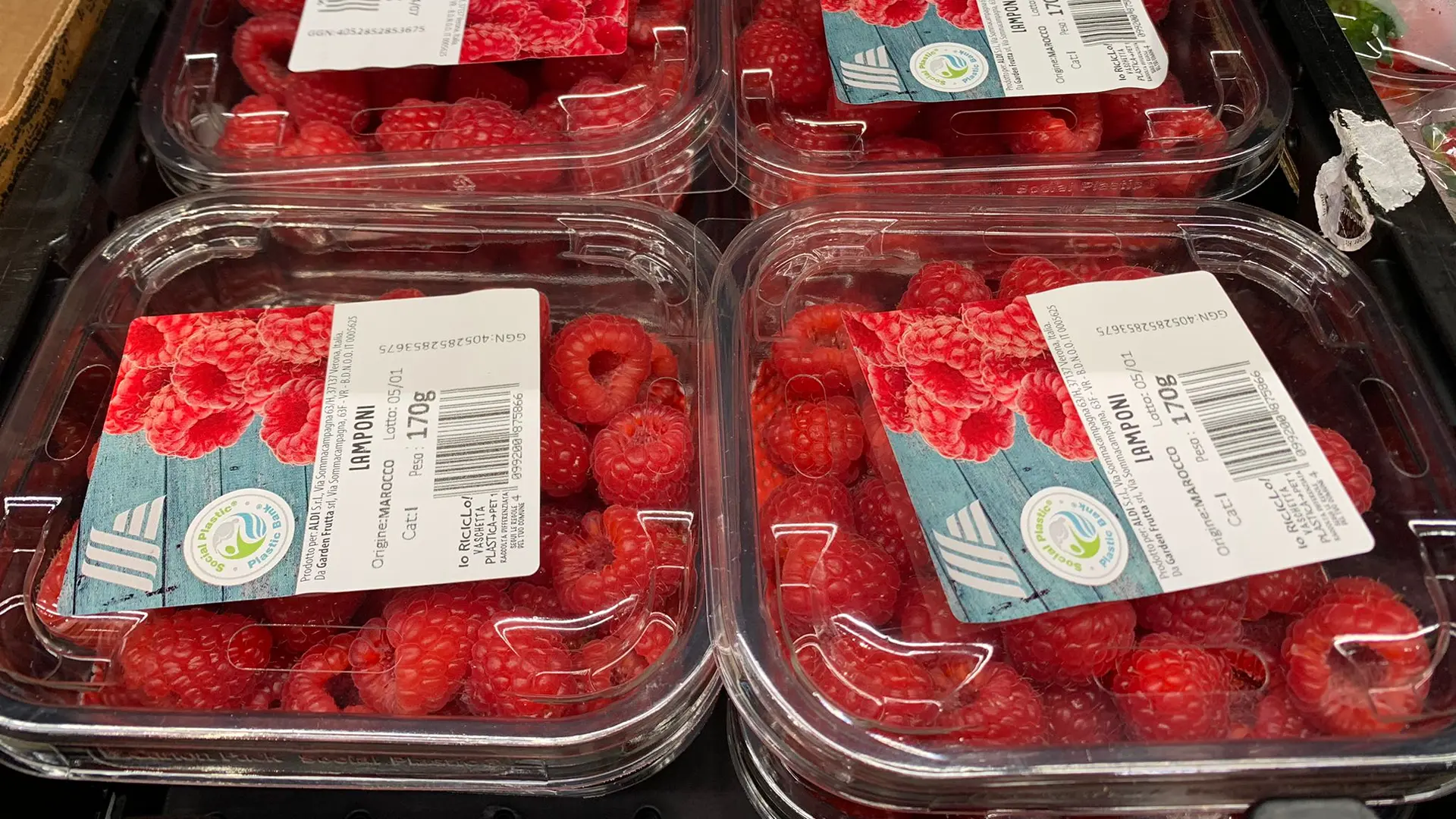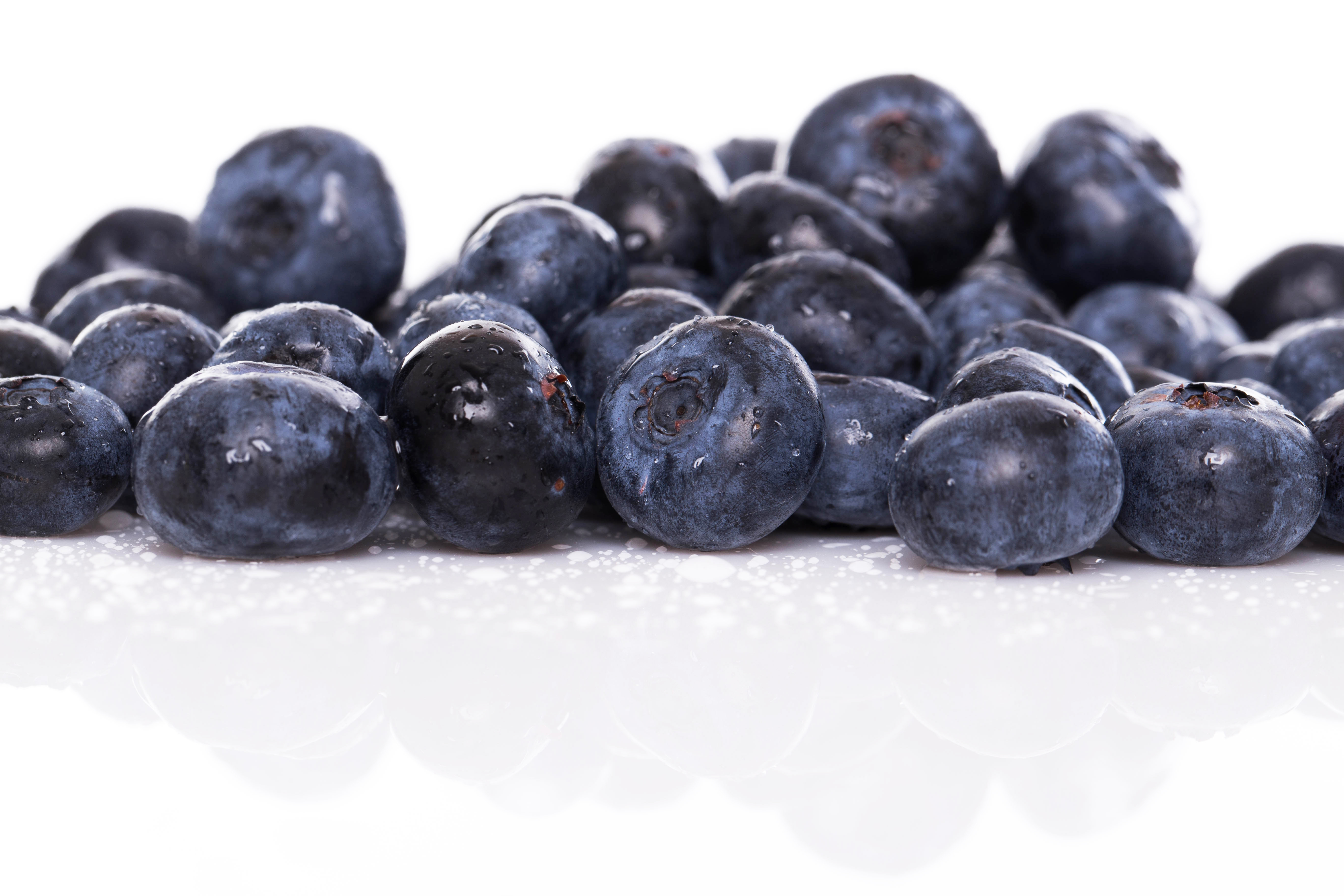PRODUCTION
The production of berries in South Tyrol covers 164 hectares, of which 9.5% are under organic farming. This area remained unchanged overall between 2017 and 2018.

Strawberries account for 70% of the area, followed by raspberries (15%), blackcurrants (5%) and others, mainly red and blackcurrants (9%). blueberry (5%) and others, mainly red and blackcurrants (9%).

About 100 farms grow berries as a secondary crop. The production of strawberries amounts to about 1000 tonnes and the season extends from June to September. From the end of June to mid-October, South Tyrolean growers produce around 70 tonnes of raspberries.
South Tyrolean berries grow mainly in Val Venosta, Val d'Isarco and Val Pusteria. Val Martello is known for the cultivation of strawberries. Every year the Strawberry Festival is celebrated here. Strawberries and raspberries also grow in Val d'Ultimo, San Genesio and Renon.
These are mainly crops that grow between 800m and 1500m above sea level. in environments that allow a reduced use of pesticides and the adoption of integrated cultivation techniques.

MARKETING
Most of the berries produced in South Tyrol is marketed via the Val
Martello Producers' Cooperative and via the fruit auctions of Egma in Vilpiano, mainly in northern Italy and Germany, but also regionally via retail.
An exception is a large company in the Brixen/Bressanone area, with production sites in Alta Val d'Isarco and Pusteria, which supplies mainly Italian supermarkets and partly also foreign supermarkets.

More and more farms are selling their produce directly to the consumer through agri-tourism activities or farmers' markets. Almost all farmers' markets now offer fresh berries during the summer.
SEARCH
In 2018, the Laimburg test centre conducted field trials and surveys on a total of 83 hectares of the farm. Of these 59 hectares were for apple cultivation, 20.5 hectares for viticulture and 3.5 hectares for berries.
Source: Agricultural & Forestry Report 2018 (Autonomous Province of Bolzano)









